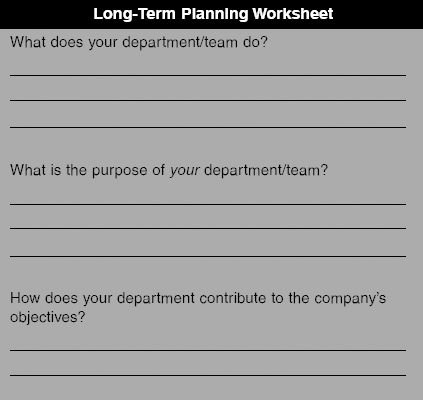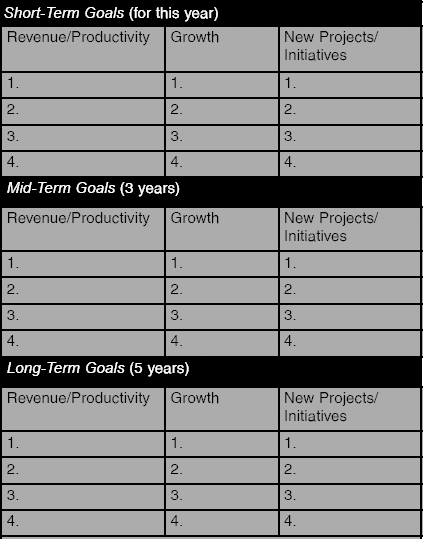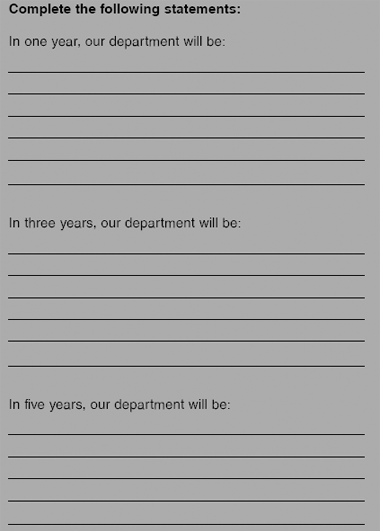Motivating Employees to Achieve the Organization’s Goals
The world is a very ambiguous place. There are many aspects of our professional and personal lives that are confusing. We are often bombarded with many confusing rules, laws, and regulations with no explanations given. This should not happen in the work place. Managers should provide clarity and direction.
An employee’s understanding the purpose of what they do relates to the hygiene and the motivating factors mentioned in Chapter 2. It is the manager’s role to make sure that employees are well informed and clear on the purpose of their work, the team’s work, and the company’s work. When employees know why they are doing the work, they are much more motivated and satisfied with their jobs.
I recently overheard a conversation with two employees on an elevator. They were both furious at their supervisor. The one person said, “What is his problem? He doesn’t ever tell us what is going on and then expects us to do the work!” The other employee sighed and said, “I don’t know, I guess he thinks we are mind readers—but I don’t understand why we have to do it that way.” Obviously these employees were frustrated and angry, and were being managed by someone who didn’t communicate the employees’ roles and how those roles relate to the organization.
In another example, I once heard employees talking in the company cafeteria. One employee said to her lunch mate, “So, what is the plan this week? I know it is different than last week.” The other employee sighed and said, “I have no idea; no one tells me anything around here and the plan, if there is one, changes every other day. I’ll tell you what: I am out of here soon.” Keep in mind this conversation was being held in the company lunchroom. This was a very disturbing conversation to hear. Obviously the employees were very frustrated, and management was not sharing any information with them.
I once had a manager who answered a question I asked with “I can’t share that with you.” It is on a “need-to-know basis.” I said that I needed to know, because I was constantly being asked the question by others. I didn’t know the answer, and I felt foolish. He said he still could not tell me.
Managers should be sharing as much as possible with employees within the limits of legality. It is understood that some issues are confidential, but if managers want motivated and excited employees, they must keep them informed. Yet many managers do not. It is the equivalent of a military leader in the old days saying “Charge!” but not saying why or when or how.
If managers expect employees to follow the charge, the employees must know where the charge is headed. They must know the goals and mission of the company (as outlined in Chapter 2) and where the company is headed in the short, mid, and long term. This is not being done at many companies across the world. Then they wonder why employees are not motivated.
Managers should share with their teams the short-, mid-, and long-term goals of the organization. More importantly, they should also share the short-, mid-, and long-term goals of the department, and how they relate to the employees. The ideal is to paint a picture for the team members of the future that is clear and understandable. The pictures that many managers paint are abstract art! Make your picture clear and unambiguous.
A manager can do this in several areas:
• Orientation
• Meetings
• Annual reviews
• Communication
• Repetition
• One-on-one reinforcement
• Actions
We have already discussed orientation in Chapter 2, and the other concepts will be covered in this and subsequent chapters.
Once the employee has conceptualized the mission and vision, they should learn about the short-, mid-, and long-term plans for the company and for the team. This helps answer the questions What? How? and Why? for the employee. People are much more likely to follow when they know why they are doing what they are doing.
Next they should learn about the long-term plans for the department. This is where managers struggle, because they don’t have a clear picture themselves of where they want their department to be in the short, mid, and long term. That might sound shocking, but in many cases and many clients I have worked with, the managers didn’t know what their short-, mid-, and long-term plans were and wouldn’t admit this fact. If a manager does not have a long-term vision, they can’t articulate it. If the manager can’t articulate it, there will be employees who are confused and frustrated and ultimately employees who lack motivation.
Below and on the next few page is a worksheet for developing and clarifying the short-, mid-, and long-term goals of the department. It is important to take time to complete the worksheet in order to help crystallize and articulate the plans.





